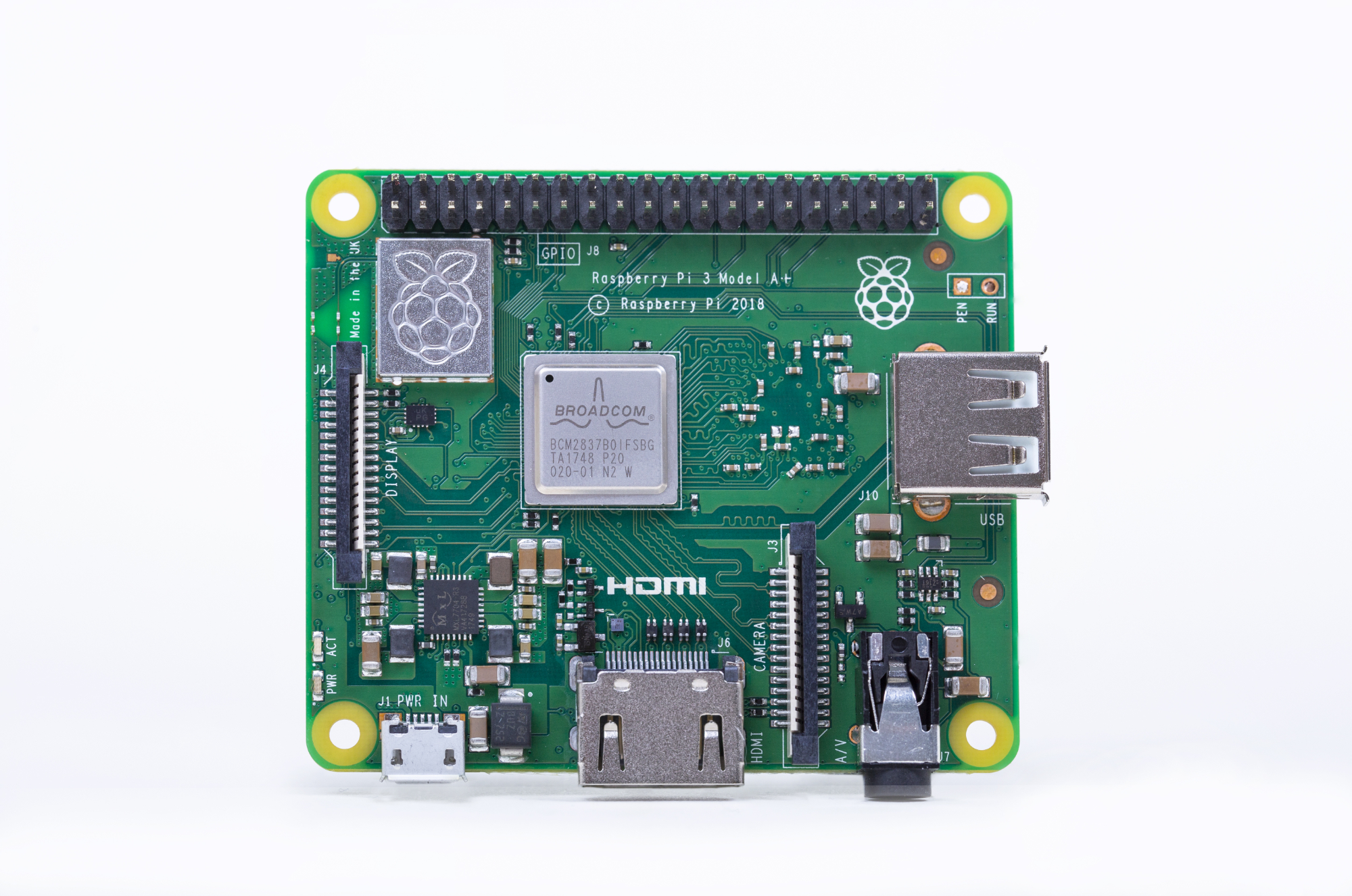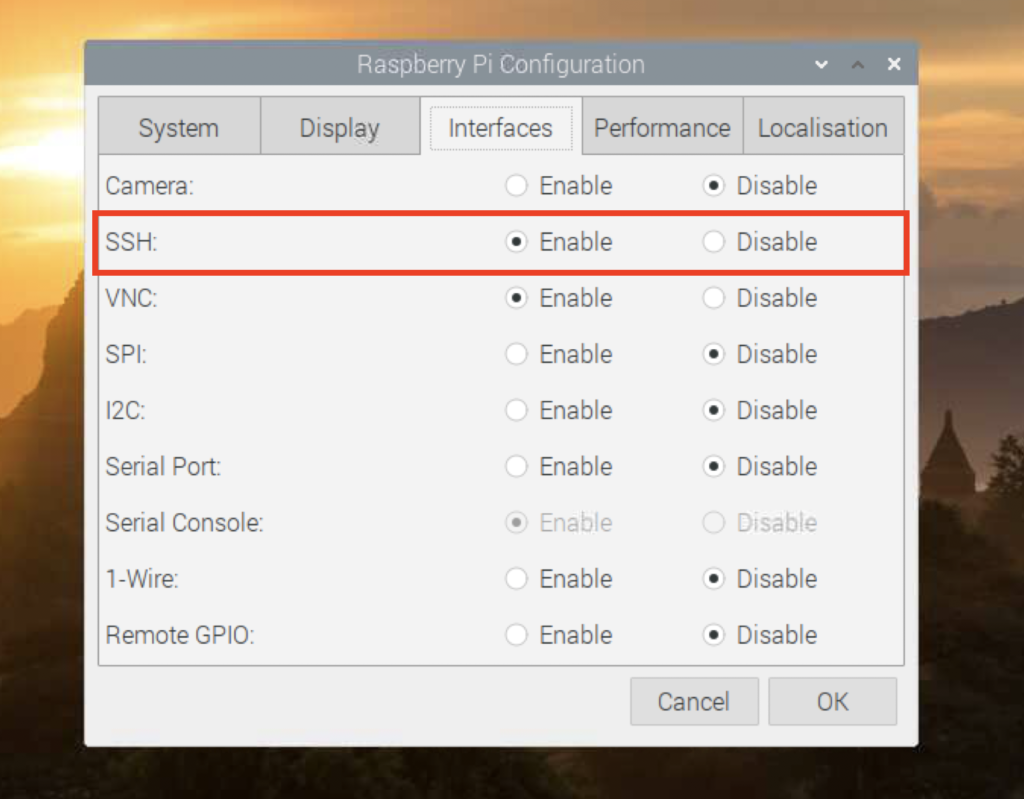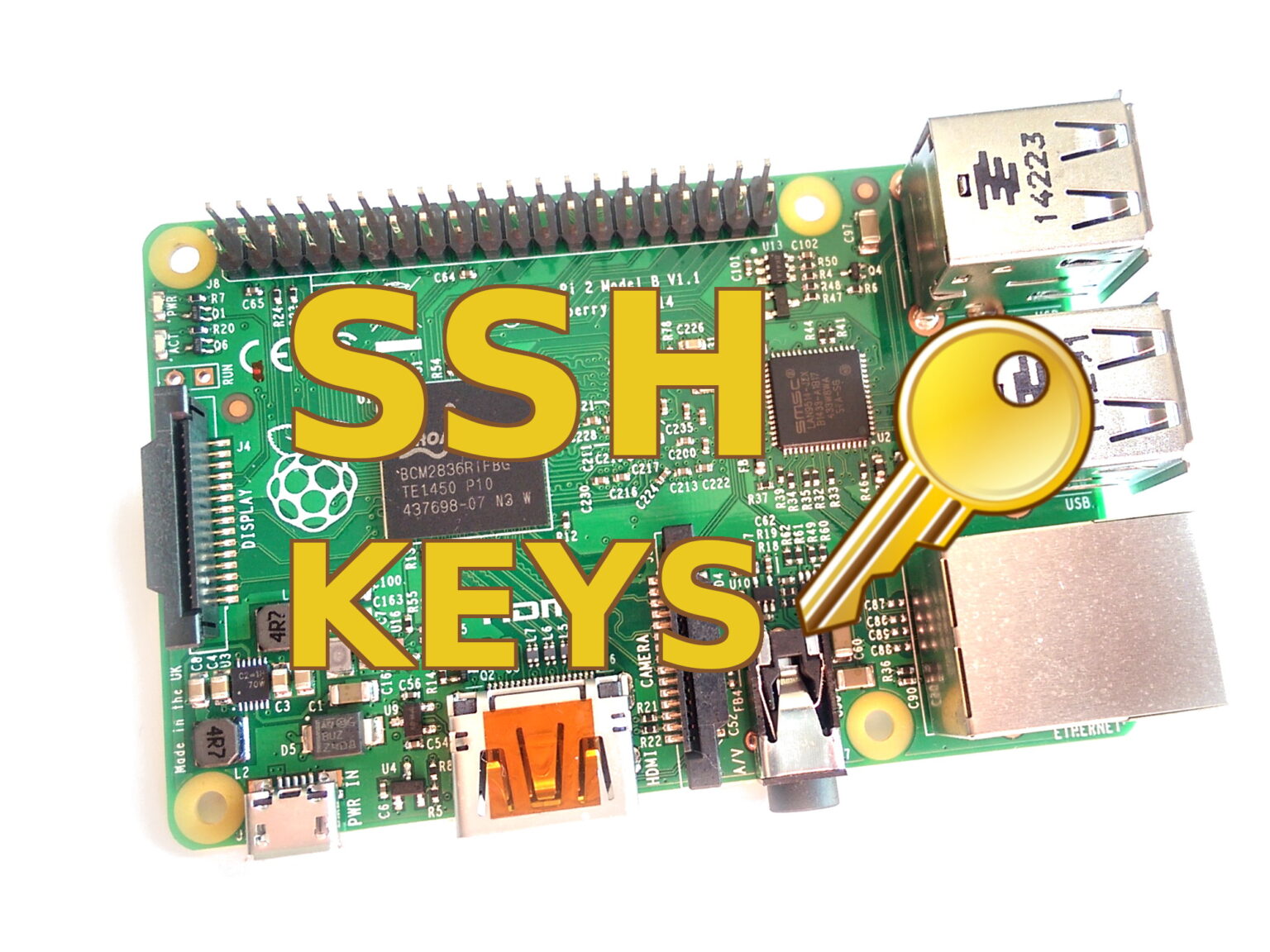Imagine having your little computer, maybe a Raspberry Pi, doing its thing somewhere far away, perhaps in a garden, or even just in another room. You want to check on it, tell it to do something new, or grab some information from it. What if you could do all that from your comfy chair, using just a web browser? That kind of easy reach for your internet-connected gadgets is really what we're talking about here.
Connecting with these small devices, like your Raspberry Pi, often feels like a bit of a puzzle. You might worry about how safe your connection is, or if you need to be some kind of computer wizard to make it work. Well, that's where a helpful tool like the remoteiot platform comes into the picture. It's built to make getting to your Raspberry Pi a lot simpler, and the best part is, you can get started with it without spending any money.
This whole idea centers around something called SSH keys, which are a very secure way to prove who you are to your device. Using these keys with a platform that is free and made for your Raspberry Pi means you can keep your projects safe while still having total control. So, in a way, it's about giving you peace of mind while you manage your tech from a distance.
- Paw Patrol Characters
- Justin Bieber Age When He Sang Baby
- Delphine Arnault Interview
- Queen Members
- Mark Ruffalo Wife
Table of Contents
- What is the RemoteIOT Platform and How Does it Help Your Raspberry Pi?
- Getting Started with RemoteIOT for Your Raspberry Pi
- Why Use SSH Keys for Your RemoteIOT Raspberry Pi Setup?
- Setting Up SSH Key Access on RemoteIOT
- Can You Really Get Free RemoteIOT SSH Key Access for Raspberry Pi?
- Secure Connections with RemoteIOT and SSH
- How Does RemoteIOT Make Raspberry Pi Management Easier?
- Beyond Basic RemoteIOT Raspberry Pi Control
What is the RemoteIOT Platform and How Does it Help Your Raspberry Pi?
The remoteiot platform, you know, it's pretty much a kind of link that connects your internet-connected devices, like your dependable Raspberry Pi, to the wider internet. This link lets you get to them, direct them, and keep them in order, no matter where you are. It's about being able to tell your device what to do, even if it's sitting in a different building or, well, even on another continent. This means you can keep an eye on things, change settings, or even fix problems without having to be right next to the actual hardware. It's a bit like having a remote control for your whole collection of gadgets, so to speak.
One really handy aspect of this system is that it lets folks control their internet-connected devices just by using a web browser. Think about that for a second; you don't need any special software installed on your main computer. You just open up your favorite browser, go to a website, and there you are, ready to interact with your little computer. This also includes the ability to use something called VNC, which is a way to see your Raspberry Pi's desktop on your own screen, as if you were sitting right in front of it. This visual access can be very helpful for certain tasks, especially when you need to see what's happening on the screen of your remote device. It's a pretty neat trick, honestly, and it makes working with distant devices much more friendly.
Getting Started with RemoteIOT for Your Raspberry Pi
Getting started with the remoteiot platform for your Raspberry Pi is, in some respects, quite simple. The platform makes a free download available specifically for the Raspberry Pi. This means you can get the necessary bits and pieces to set up your device without any cost, which is a big plus for hobbyists and people just starting out with these small computers. It takes away one of the common barriers to trying new things, which is often the price tag associated with tools or software. This openness really helps more people get involved with controlling their devices from afar, which is nice.
- How To Use Ssh Raspberry Pi Through Firewall Windows
- Nairobi Time
- How To Use Ssh Iot From Anywhere Without
- Farmiga Sisters
- Taylor Swift Family
To begin, you just need to head over to the remoteiot website using your browser. There, you'll sign up for a new account. This process, apparently, should take only a minute and is completely free. It's a quick way to get your foot in the door and start exploring what the platform can do for you and your Raspberry Pi. After that quick signup, you're ready to move on to getting your Raspberry Pi connected. It's a pretty clear path to follow, and the lack of upfront cost or a lengthy sign-up process makes it feel very welcoming for anyone who wants to give it a try. You know, sometimes the simplest things are the best.
Why Use SSH Keys for Your RemoteIOT Raspberry Pi Setup?
When you're trying to get to your Raspberry Pi from a distance, especially if it's placed somewhere out of the way, you really need a dependable way to connect. This is where the idea of a strong and secure remote system for internet-connected devices comes into play. It's not just about getting access; it's about getting access in a way that keeps your device and your information safe. You don't want just anyone to be able to peek into what your Raspberry Pi is doing, or worse, take control of it. So, a good system for this kind of distant control is really important, actually, for peace of mind.
One of the most dependable ways to get remote access is by using something called SSH, which stands for Secure Shell. This method allows for a kind of secret conversation between your main computer and your Raspberry Pi. It means that anything you send back and forth, like commands or information, is scrambled up so that if anyone tries to listen in, they just get a jumble of meaningless data. This scrambling, or encryption, is what makes SSH a very secure way to talk to your devices from afar. It's like having a special code that only your two devices know, keeping your communication private. This article, in a way, looks into how you can make use of this kind of secure connection.
Setting Up SSH Key Access on RemoteIOT
Getting SSH key authentication working on your Raspberry Pi is, honestly, a very important first step. This holds true no matter which internet-connected device system you choose to use. SSH keys are a much safer way to log in than just using a password, because they are very difficult to guess or break. Instead of typing in a secret word, you use a pair of digital keys: one that stays on your computer and one that goes on your Raspberry Pi. They work together to confirm it's really you trying to connect, which is pretty clever, if you think about it. This guide, in fact, will go through how the remoteiot platform can assist with this crucial setup, making it less of a chore.
The remoteiot platform, you see, makes setting up SSH keys for your Raspberry Pi a pretty straightforward affair. It's a process that, surprisingly, can be finished in just a few steps. This means you don't need to spend hours figuring out complicated instructions or dealing with tricky computer commands. The platform is built to guide you through it, making it easy for even someone who isn't super tech-savvy to get their secure connection up and running. Below, we'll walk you through what's involved, showing you how simple it can be to add this extra layer of safety to your remote Raspberry Pi access. It's a good feeling to know your connection is well-protected, you know?
Can You Really Get Free RemoteIOT SSH Key Access for Raspberry Pi?
If you're on the lookout for a system that lets you control your internet-connected devices from afar, and it includes the ability to use SSH keys with your Raspberry Pi, then this guide is very much for you. It doesn't matter if you've been working with computers for ages or if you're just starting out; the information here is put together to help anyone. The idea of getting something useful like this without any cost is, of course, very appealing. It opens up possibilities for many people to experiment and build their own projects without worrying about subscription fees or expensive software licenses. So, yes, the answer is that you really can get free remoteiot SSH key access for your Raspberry Pi, which is pretty cool.
The remoteiot platform, actually, provides a very dependable way to do this by bringing SSH key management right into a free setup for your Raspberry Pi. This gives users a safe and effective way to take charge of their devices. It's not just about being able to reach your Raspberry Pi; it's about doing so in a way that feels secure and doesn't waste your time. Having these keys built into the system means you don't have to go through extra steps or use other programs to get that secure connection. It's all there, ready to use, which is a significant convenience for anyone working with remote devices. It really simplifies things, honestly.
Secure Connections with RemoteIOT and SSH
Using SSH to connect to your internet-connected device with a system user or by using SSH key-based secure proof of identity, along with common tools like PuTTY, is a pretty standard way to go. What's good about this approach is that it avoids any security weak spots that might show up in other private client tools or ways of communicating. When you use well-known and widely checked methods like SSH, you benefit from years of development and testing by a large community of people who are always looking for ways to make things safer. This means your connection is built on a very solid foundation, which is, you know, really important when dealing with your personal devices.
This guide, you see, will walk you through every single step. It starts with getting a handle on what SSH keys are all about, then moves on to putting them into action on your Raspberry Pi through the remoteiot platform—and it's all for free. This means you won't be left wondering what to do next. It's like having a helpful friend showing you the ropes, making sure you understand each part of the process. The aim is to make sure that even if you're new to this, you can confidently set up a secure way to talk to your Raspberry Pi from anywhere. It's a pretty complete walk-through, actually, which is quite useful.
How Does RemoteIOT Make Raspberry Pi Management Easier?
One of the main benefits of using the remoteiot platform is the ability to get and set up SSH configurations. This means that the platform helps you prepare your Raspberry Pi to accept those secure SSH connections. You might be wondering, "How can you even get Raspberry Pi settings without SSH in the first place?" Well, the platform provides a way to do that initial setup, getting your Pi ready to be securely accessed. It's like preparing the groundwork so that all the future secure interactions can happen smoothly. This particular feature makes the whole process much less complicated for someone who might not be an expert in network setup. It's a pretty thoughtful addition, I think.
Are you, perhaps, looking for a free remoteiot platform that lets you keep your SSH keys in order on your Raspberry Pi? If so, this guide is going to tell you everything you need to know about getting things set up, looking after them, and, well, making sure they work for you. It covers the whole process, from the very first steps of generating your keys to making sure they are correctly placed on your Raspberry Pi and managed over time. This kind of comprehensive guidance means you won't have to piece together information from different places. It's all gathered here to make your experience with remote access as simple and clear as possible, which is, you know, a big help.
Beyond Basic RemoteIOT Raspberry Pi Control
This guide, you know, gives a pretty full look at some of the better free remote systems for internet-connected devices that are made for the Raspberry Pi. It really focuses on how simple they are to use and how well they protect your connections, especially with SSH. It's not just about getting something for free; it's about getting something that actually works well and keeps your stuff safe. The ease of use means you won't get stuck trying to figure out how to make things happen, and the good security means you can trust that your remote connections are private and sound. This balance of simplicity and safety is, in fact, what makes these platforms stand out, particularly for those using a Raspberry Pi.
The remoteiot platform also has a nice little feature: an inventive dark mode switch. While this might seem like a small detail, it shows that the creators are thinking about the user's experience. A dark mode can make it easier on your eyes, especially if you're working late at night or in a dimly lit room. This guide, as a matter of fact, will take you through the steps of getting your free remote SSH access set up for your Raspberry Pi. It's a complete walk-through, starting with the basics of SSH and moving through all the necessary steps to get your connection working. It's about making sure you have all the information you need, laid out clearly, to get started with your remote Raspberry Pi projects.
Related Resources:



Detail Author:
- Name : Mr. Maximus Oberbrunner
- Username : rogahn.joesph
- Email : nicklaus13@reynolds.com
- Birthdate : 1978-11-27
- Address : 42683 Schinner Locks Port Isom, NH 51427
- Phone : 478.992.9734
- Company : Cremin, Effertz and Stanton
- Job : Director Of Talent Acquisition
- Bio : Fugiat tempore similique fuga. Et ut voluptatem et libero. Quidem qui et tempora quidem sequi et ut.
Socials
facebook:
- url : https://facebook.com/tsmith
- username : tsmith
- bio : Veritatis quod numquam voluptatem consectetur enim.
- followers : 4375
- following : 1199
linkedin:
- url : https://linkedin.com/in/smitht
- username : smitht
- bio : Sunt facilis qui voluptate.
- followers : 1533
- following : 954
instagram:
- url : https://instagram.com/smith1979
- username : smith1979
- bio : Et sint necessitatibus qui dolores amet doloremque. Laborum et est quas ut.
- followers : 4956
- following : 116
twitter:
- url : https://twitter.com/thalia7097
- username : thalia7097
- bio : Quam ea magni et quas qui. Aut et natus omnis qui blanditiis.
- followers : 4663
- following : 2086